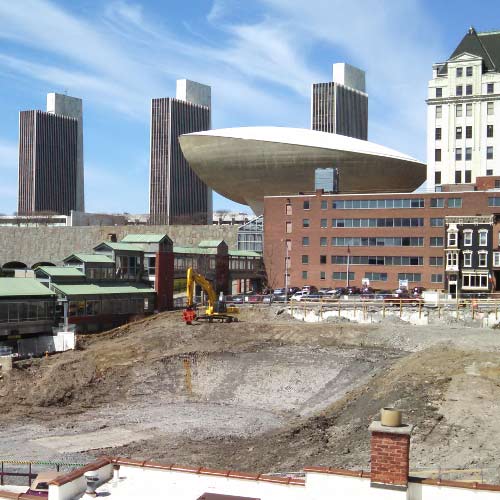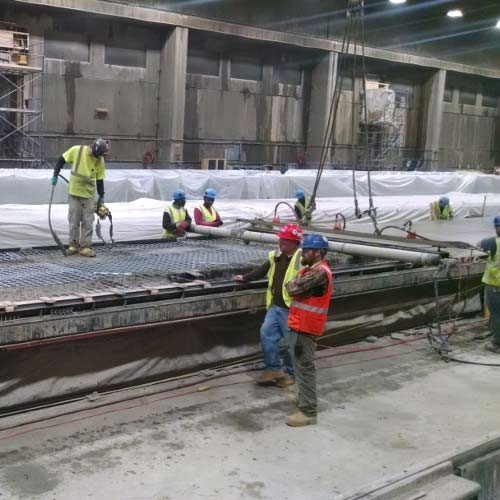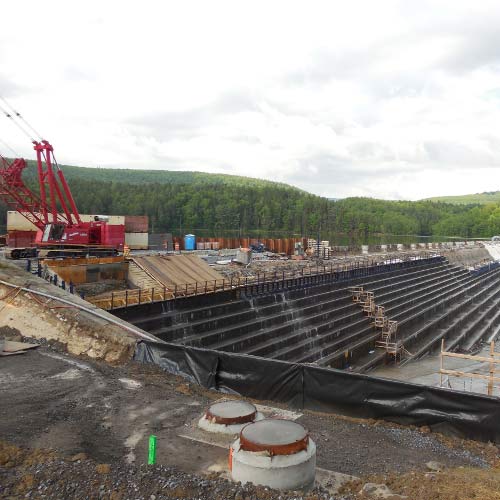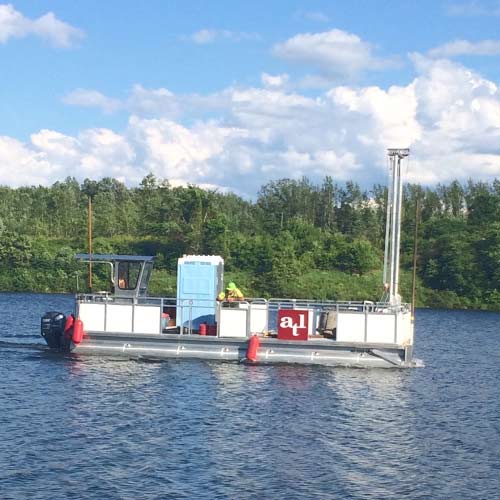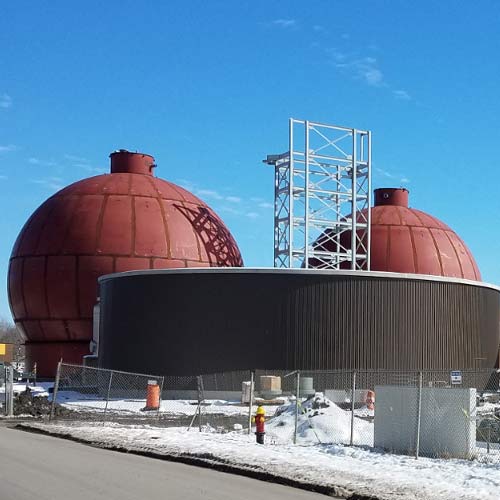As we start the busy construction season, there are numerous work zones popping up all over the roadways, making it a good time to talk about work zone awareness. In fact, throughout the month of April, New York State has drastically increased police presence and speed enforcement around the numerous work zones on state highways and roads, including automated (camera) enforcement units.
ATL employees spend a lot of time on the roads driving through and around work zones, as well as physically working in these work zones. According to the National Highway Traffic Safety Administration (NHTSA), there were 956 work zone traffic fatalities in 2021, an increase from 863 in 2020. Of those 956, 108 were workers that were in these construction sites.
These numbers are extremely significant, especially given the fact that people you may know are actively working in and around and driving through these types of job sites. By following some of the tips below, provided by the US Department of Transportation, you can ensure your safety, and the safety of workers in work zones:
- Plan ahead – Check for active work zones along your route. There are many different apps and resources that show where active work zones will be on a daily basis
- Put down your phone – Focus on the road on what’s going on around you
- Reduce your speed – Work zone speed limits are in place to protect you and the workers that are inside the work zones. Ensure you follow these posted limits, and slow down if there are poor weather conditions, and at night. SLOW DOWN!
- Look out for workers – Workers wear high visibility apparel with reflective materials, be sure you are paying attention and are aware of where they are
- Be aware of pedestrians and cyclists – Road work is not limited to highways, other roadways may have additional hazards like cyclists and pedestrians, be sure to be extra vigilant on these roadways
- Give space to large vehicles – Works zones generally come with narrower lanes, and potentially shifting lanes, make sure bigger vehicles have the room they need to maneuver around these potential obstacles
- Stay alert – The best way to protect yourself and the people working is to simply pay attention, and ensure you are aware of everything going on around you




